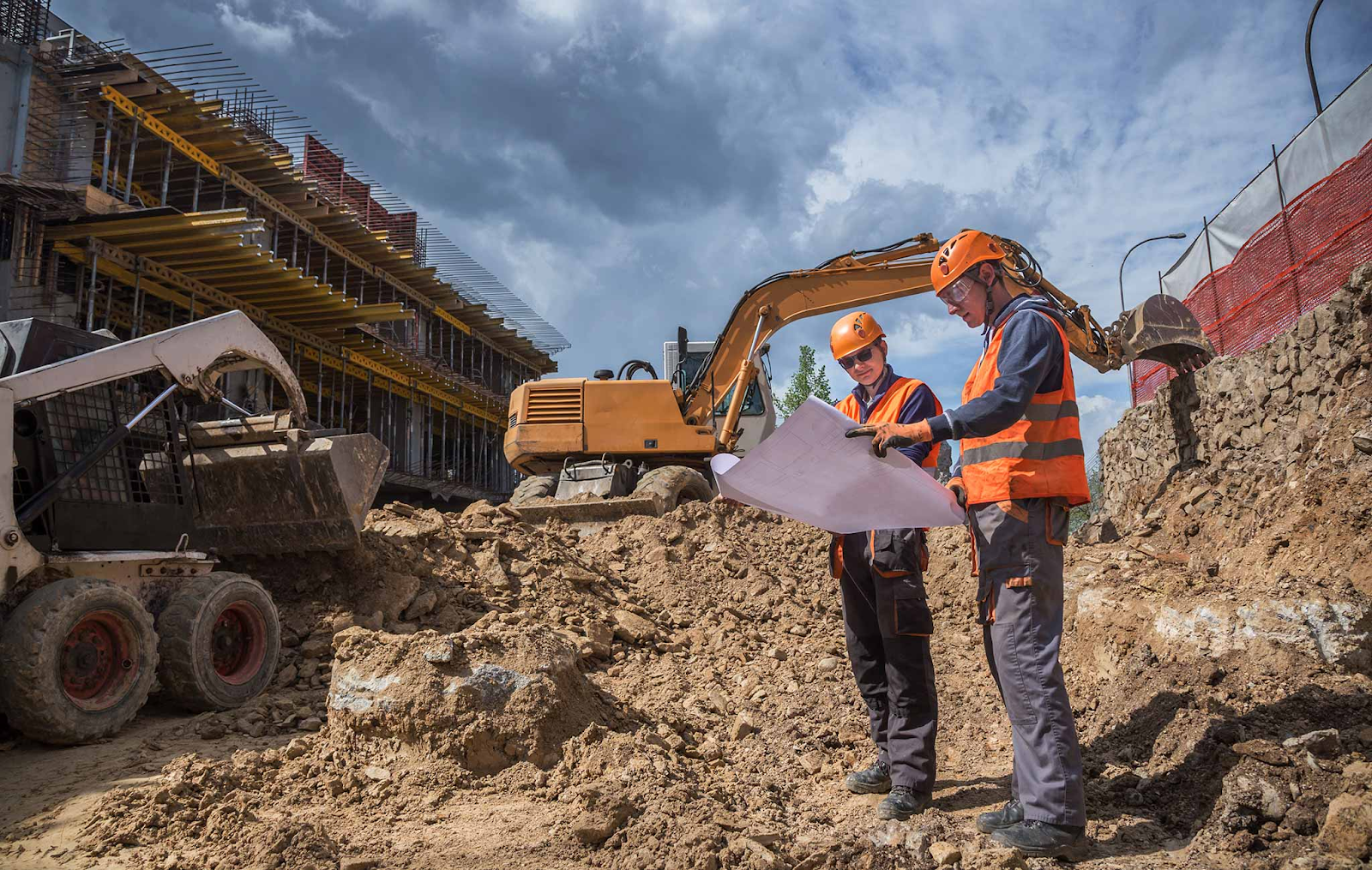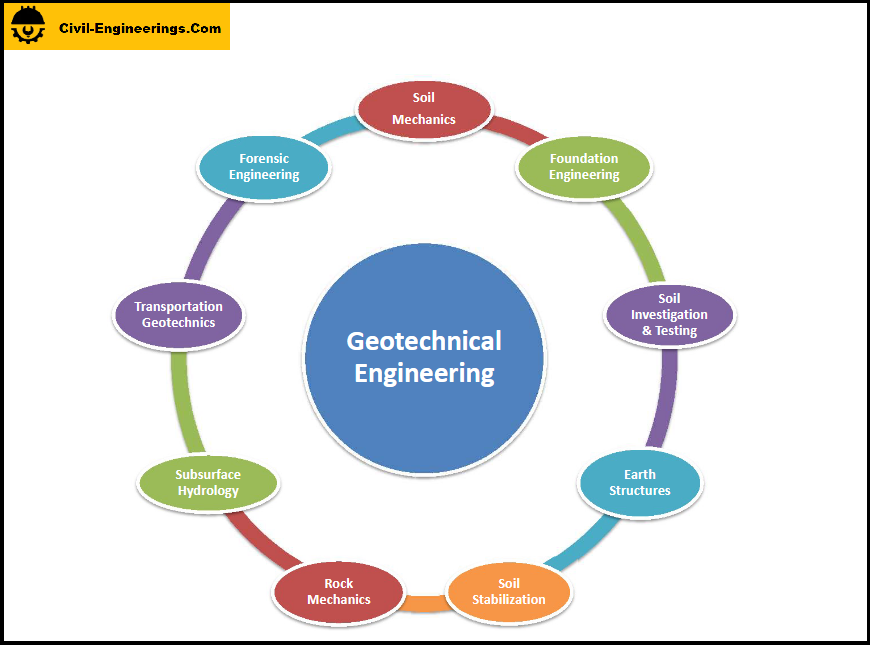The Single Strategy To Use For Geotechnical Engineering For Construction Projects
9 Easy Facts About Geotechnical Engineering For Construction Projects Described
Table of ContentsAll about Geotechnical Engineering For Construction ProjectsGeotechnical Engineering For Construction Projects - The FactsFacts About Geotechnical Engineering For Construction Projects UncoveredA Biased View of Geotechnical Engineering For Construction ProjectsThe Definitive Guide for Geotechnical Engineering For Construction ProjectsGetting My Geotechnical Engineering For Construction Projects To Work
These functions need to be taken a look at by geotechnical engineers to forecast their activities under numerous situations., making this evaluation needed.A geotechnical designer will analyze dirt to figure out the bearing capacity of the earth and suggest appropriate foundation kinds, such as superficial structures, deep structures like heaps, or specialized options like drifting structures for soft dirts. Recognizing the functions and activities of dirt and rock, along with exactly how they interact with building and constructions that have been erected on or within them, is one of the primary explanations for why geotechnical design is necessary.
Environmental protection is accomplished via geotechnical engineering. Experience in air, water, and dirt quality upkeep is put to utilize by geotechnical engineers to minimize the unfavorable results of projects.
Facilities development, offshore engineering, tunnel building and construction, and deep foundations. Risk-based layout and multidisciplinary teams. These elements will keep the field advancing and guarantee its ongoing relevance in the years to find. To summarize, geotechnical engineering is an essential discipline that protects the resilience and honesty of civil infrastructure. Geotechnical engineers add to making structure jobs effective all over the world by recognizing the behaviour of planet products and applying suitable planning techniques.
The Ultimate Guide To Geotechnical Engineering For Construction Projects
By analyzing dirt, rock, and subsurface problems, geotechnical designers provide important insights that help in the style, construction, and upkeep of structures and facilities.

Rumored Buzz on Geotechnical Engineering For Construction Projects
Lab screening: Figuring out the properties of dirt and rock. Area testing: Carrying out tests on-site to analyze conditions. Evaluation and style: Using information to develop structures, preserving wall surfaces, passages, and various other frameworks. Several top-level building and construction projects have actually efficiently utilized geotechnical engineering to ensure their stability and safety and security. For example:: The browse around this web-site globe's highest building required a deep understanding of the underlying geology.

As a leader in geotechnical engineering, BECC Inc. is dedicated to supplying ingenious and effective solutions that satisfy the highest standards of top quality and safety and security. For additional information on exactly how BECC Inc. can support your next construction task, contact us today and allow us help you improve solid ground.
William Rankine, an engineer and physicist, developed an alternate to Coulomb's earth stress theory. Albert Atterberg created the clay consistency indices that are still used today for dirt classification. In 1885, Osborne Reynolds recognized that shearing causes volumetric extension of dense materials and Clicking Here tightening of loosened granular products. Modern geotechnical design is stated to have begun in 1925 with the magazine of Erdbaumechanik by Karl von Terzaghi, a mechanical engineer and rock hound.
The Facts About Geotechnical Engineering For Construction Projects Revealed
Terzaghi likewise developed the framework for theories of bearing capability of foundations, and the theory for prediction of the rate of negotiation of clay layers due to combination. After that, Maurice Biot fully established the three-dimensional dirt loan consolidation concept, prolonging the one-dimensional version formerly created by Terzaghi to much more basic theories and introducing the set of standard equations of Poroelasticity.
Geotechnical designers investigate and identify the residential or commercial properties of subsurface problems and materials.
The Definitive Guide for Geotechnical Engineering For Construction Projects
Geologic mapping and interpretation of geomorphology are usually finished in appointment with a rock hound or engineering rock hound. Subsurface exploration usually includes in-situ screening (for instance, the standard penetration examination and cone penetration test). The digging of test pits and trenching (especially for locating faults and slide airplanes) might likewise be made use of to learn more about soil conditions at deepness. , which uses a thick-walled split spoon sampler, is the most typical means to accumulate disrupted examples.

Commonly, the interface's exact geometry is unidentified, and a streamlined interface geometry is presumed. Finite inclines require three-dimensional versions to be evaluated, so most slopes are assessed presuming that they are infinitely vast and can be stood for by two-dimensional versions.
The 5-Second Trick For Geotechnical Engineering For Construction Projects
Developing the design based on a working hypothesis of behavior anticipated under the most possible conditions. Option of quantities to be observed as building earnings and calculating their prepared for values based on the working hypothesis under the most unfavorable conditions.
Dimension of quantities and analysis of real problems. Layout alteration per real conditions The observational approach is appropriate for construction that has already begun when an unforeseen advancement occurs or when a failing or crash looms or has actually currently occurred. It is unsuitable for projects whose layout can not be altered during construction.